In a world teeming with invisible hazards, portable gas safety solutions stand as our sentinels against unseen dangers. From toxic fumes in industrial settings to odorless carbon monoxide in homes, these devices play a vital role in protecting us from potential harm.
Understanding their diverse technologies and applications empowers us to make informed choices, ensuring safety and peace of mind.
Portable gas detectors are a must-have for owners of propane heaters. Old or malfunctioning heaters should be replaced. This review of the best portable indoor propane heaters will help you choose the right one.
Navigating the Device Landscape: Finding the Right Fit
With a grasp of sensor technologies, let’s explore the different types of portable gas safety solutions available to address various safety concerns:
Single-Gas Devices
Focused and efficient, these devices specialize in detecting a single gas, such as carbon monoxide detectors in homes or methane detectors in gas pipelines. Their simplicity and affordability make them ideal for targeted applications.
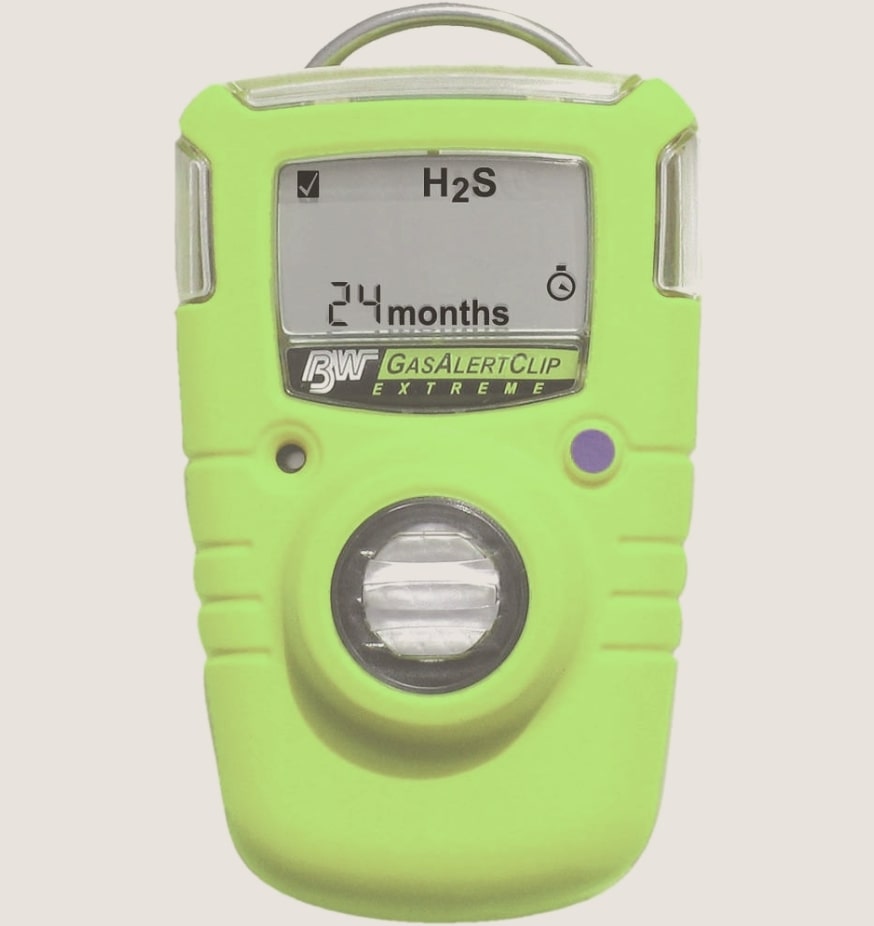
Multi-Gas Devices
Expanding their scope, multi-gas devices offer the capability to simultaneously monitor multiple gases, providing a broader safety net against diverse potential threats. Common configurations include four-gas devices that encompass oxygen, carbon monoxide, hydrogen sulfide, and flammable gases, making them versatile tools for confined space entry or industrial settings.
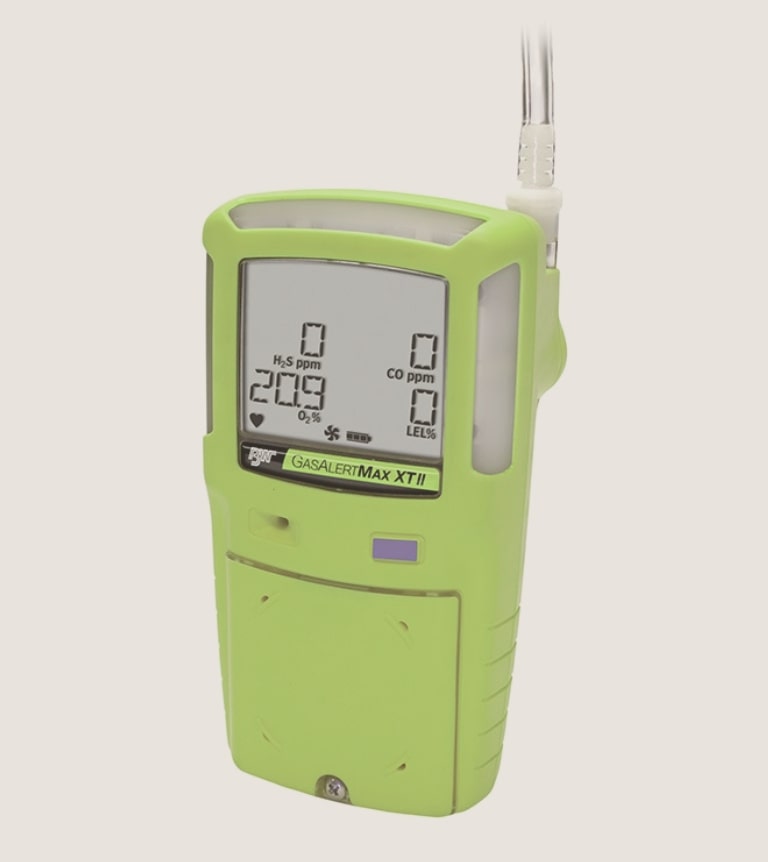
Area Monitors
Unlike personal devices worn on clothing, area monitors are stationary units designed to continuously safeguard ambient gas levels over a larger area. They often feature integrated alarms and data logging capabilities, rendering them suitable for perimeter security or environmental monitoring purposes.
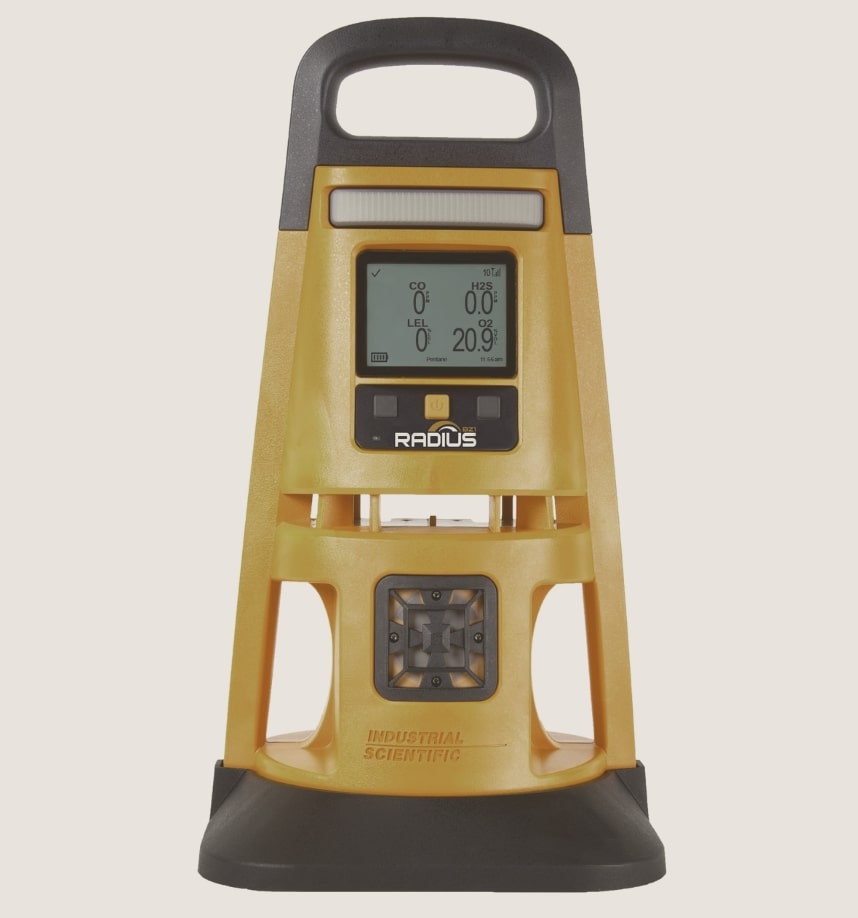
Check this comparison table to find out the main features in detail and choose the most suitable type of portable gas detectors for your needs:
You may also like: 10 Best Portable Gas Burner Stoves (Under $50, $100, $150)
Deciphering the Sensor Symphony: The Heart of Gas Detection
At the core of every portable gas safety solution lies a sensor—a symphony of technology where each type boasts unique strengths and applications. Let’s delve into their inner workings:
Electrochemical Sensors
Masters of precision, these sensors excel in detecting specific gases like carbon monoxide, oxygen, and hydrogen sulfide. They operate through an electrochemical reaction between the target gas and the sensor’s electrodes, generating a current proportional to the gas concentration.
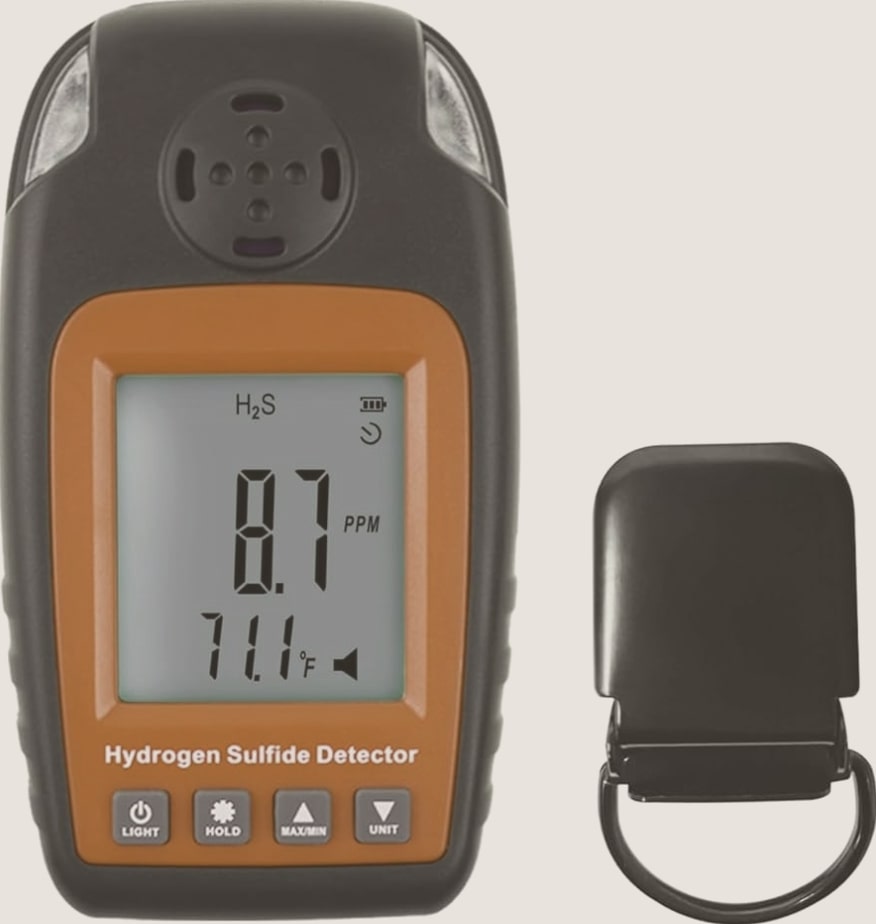
Catalytic Bead Sensors
Designed for flammable gases like methane and propane, these sensors feature a heated metal bead that ignites the gas, causing a temperature rise detected by a thermistor. The magnitude of this temperature increase directly corresponds to the gas concentration.
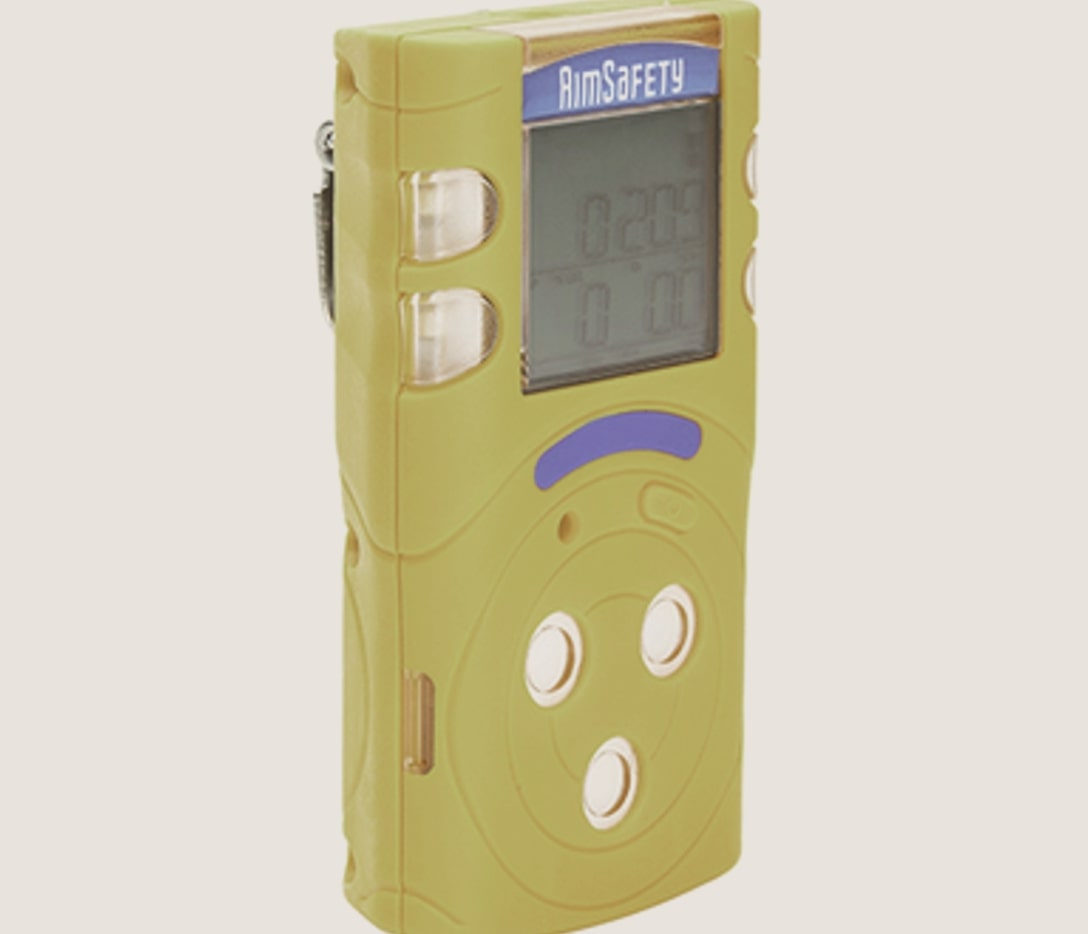
Infrared (IR) Sensors
Harnessing the unique infrared absorption properties of different gases, IR sensors offer a broad detection spectrum, capable of identifying various organic and inorganic compounds. They function by measuring the attenuation of specific IR wavelengths by the target gas, providing quantitative information about its presence.
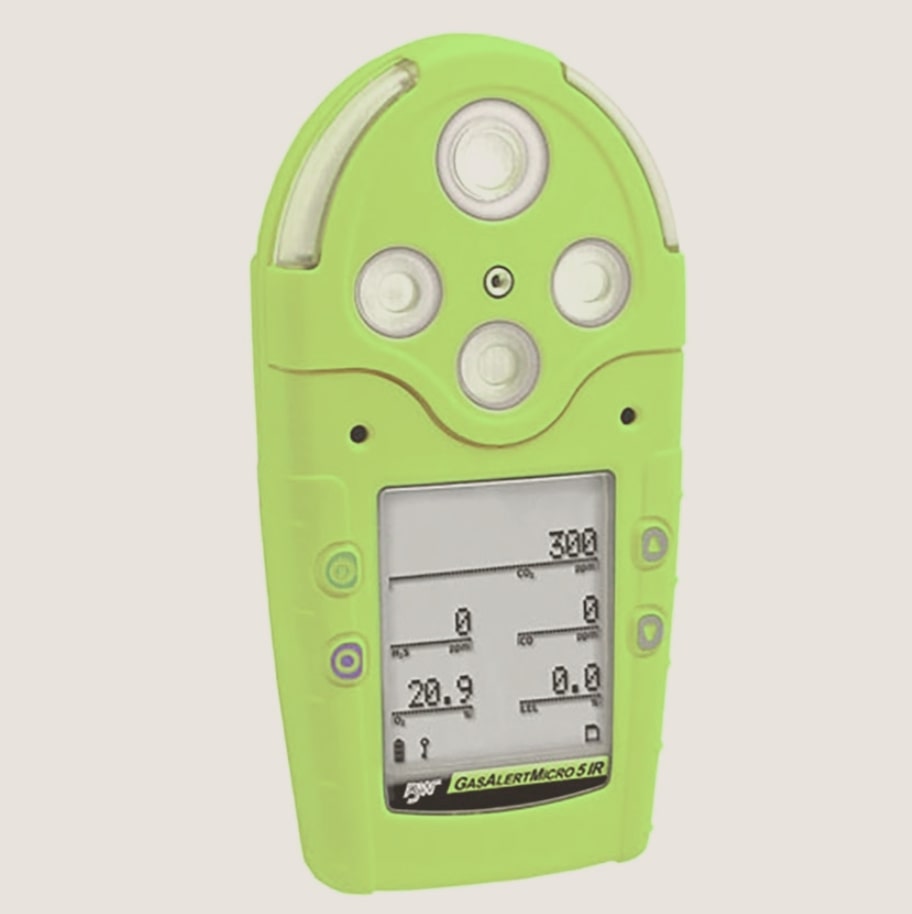
Photoionization Sensors (PID)
Renowned for their exceptional sensitivity to volatile organic compounds (VOCs), PIDs operate by ionizing the target gas molecules with ultraviolet light. The resulting current flow correlates to the gas concentration, making them invaluable tools for leak detection and environmental monitoring.
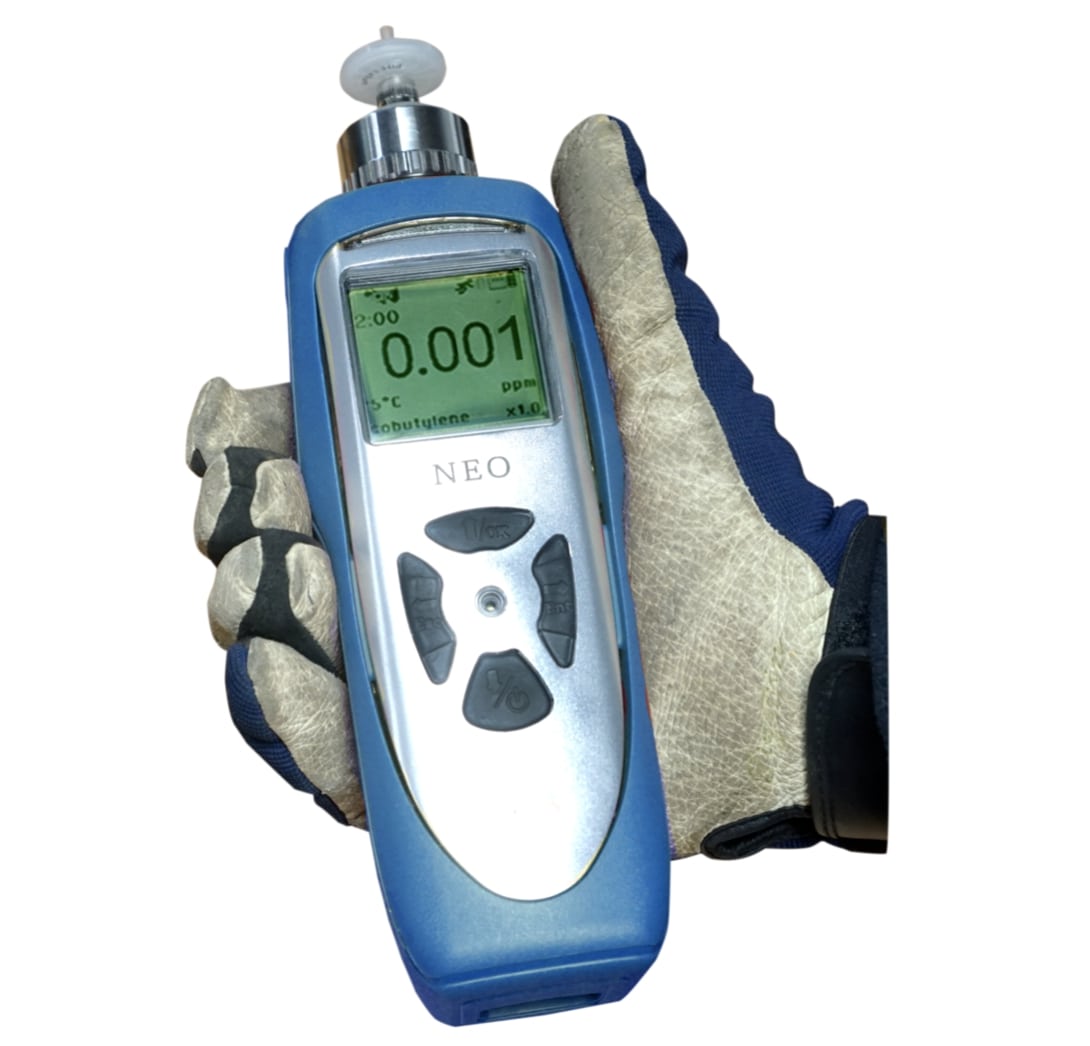
Continuous vs. Diffusion Devices
The choice between continuous devices, which actively draw air samples through their sensors for real-time readings, and diffusion devices, which rely on natural gas diffusion for slower but more energy-efficient detection, depends on specific application requirements and priorities.
You may also like: 9 Best Portable Gas Grills for Tailgating (Comparison & Reviews)
Beyond the Basics: Essential Features to Prioritize
When selecting a gas safety solution, consider features that enhance its functionality and effectiveness:
Alarm Options
Ensure the device features both audible and visual alarms that activate when gas levels surpass safety limits. For noisy environments or discreet alerts, vibration alarms can be a valuable addition.
Data Logging and Connectivity
For detailed analysis and record-keeping, opt for devices with data logging capabilities, and consider Bluetooth or Wi-Fi connectivity for remote access and data sharing.
Ruggedness and Durability
In harsh environments, choose devices with robust construction, water-resistance, and dust-proof ratings. For hazardous areas, explosion-proof certifications are essential.
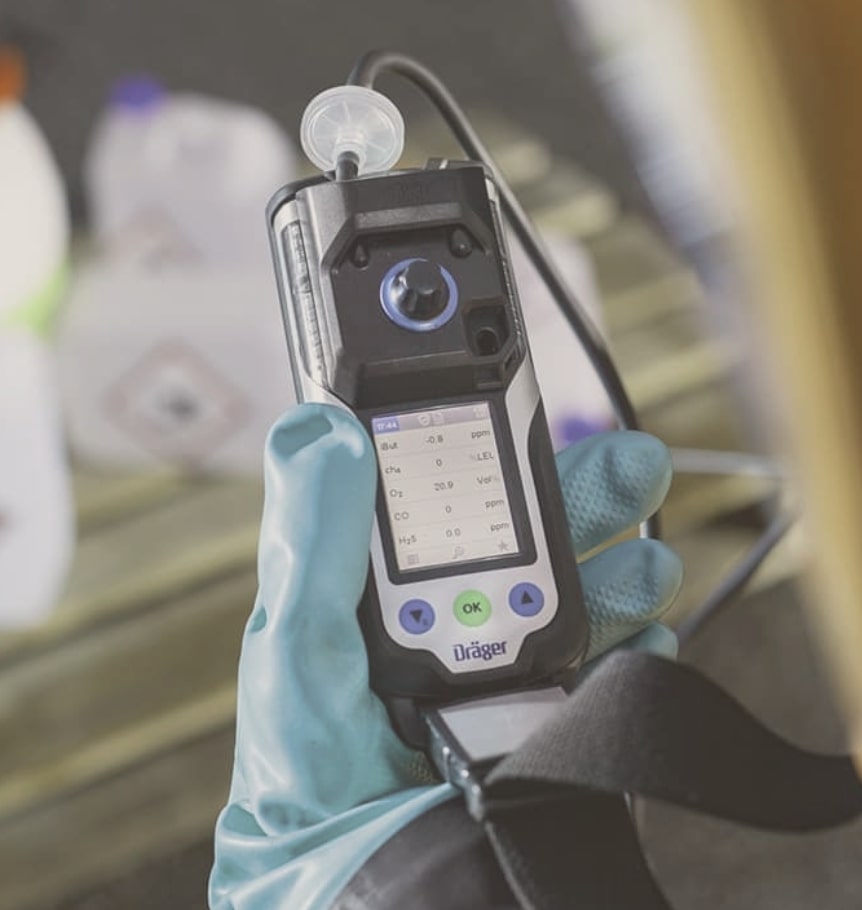
Calibration and Maintenance
Regular calibration is paramount for maintaining accuracy and reliability. Select devices with user-friendly calibration procedures and readily available calibration gas cylinders.
You may also like: 11 Best Portable Electric Heaters (Comparison & Reviews)
FAQs about portable gas detectors:
What legal requirements govern the use of portable gas safety solutions?
Regulations concerning their use vary depending on your location and industry. Contact your local safety authorities to familiarize yourself with the specific guidelines in your jurisdiction.
How frequently should I calibrate my gas safety device?
Calibration frequency depends on the manufacturer’s recommendations and the specific use case. Generally, monthly calibration is recommended for critical applications where potential hazards necessitate optimal accuracy.
What should I do if my gas safety device alarms?
Follow your established emergency response plan immediately. Evacuate the area swiftly, activate additional alarms if necessary, and notify emergency personnel to ensure a prompt and coordinated response.
Where can I purchase a portable gas safety solution?
Safety equipment suppliers, industrial distributors, and online retailers often offer a range of these devices. Choose reputable vendors with knowledgeable staff who can guide your selection and address any specific questions you may have.
